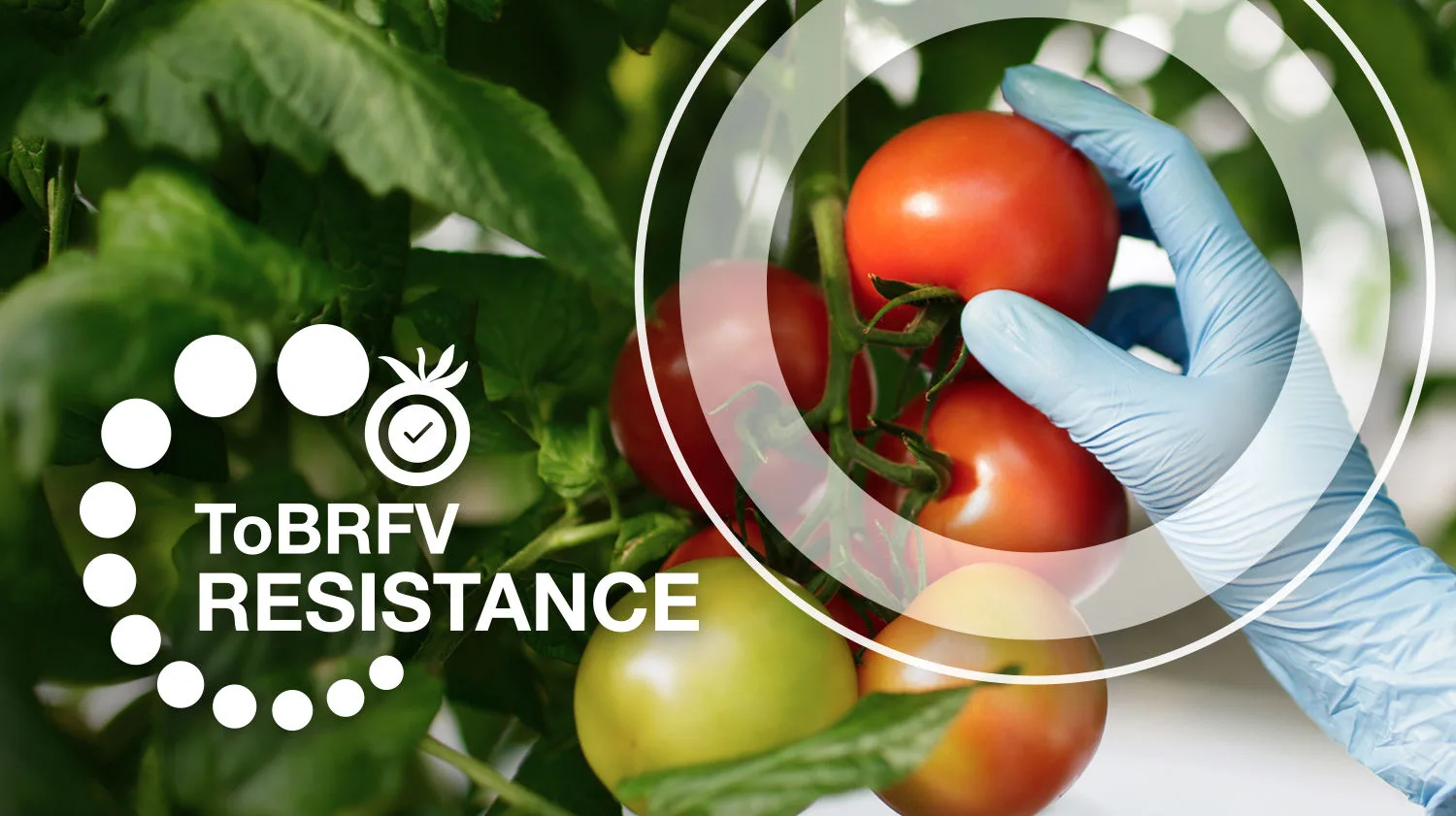Causal Agent
Xanthomonas cucurbitae
Distribution
Worldwide
Symptoms
Symptoms initially appear on the underside of the leaf as water-soaked lesions, which are mostly angular in shape but may be somewhat rounded. Leaf veins do not appear to define the lesion shape in all cases. Yellowish spots form on the upper surface of the leaf. These spots eventually turn brown or become translucent, retaining a distinct yellow halo. Foliar symptoms may resemble those of angular leaf spot (Pseudomonas syringae pv. lachrymans ). Leaf spots caused by Xanthomonas cucurbitae are initially smaller than those caused by the angular leaf spot pathogen, but may resemble angular leaf spot more as they coalesce. The appearance and size of lesions on fruit can vary with rind maturity and the amount of moisture present. Symptoms generally initiate as small, rounded, slightly depressed lesions with tan centers surrounded by dark haloes (somewhat scab-like in appearance). Lesions may become sunken as they progress, resulting in cracking of the rind and fruit rot in the field or in storage.
 Variation in the severity of Xanthomonas cucurbitae fruit lesions on pumpkin. (courtesy of Margaret T. McGrath)
Variation in the severity of Xanthomonas cucurbitae fruit lesions on pumpkin. (courtesy of Margaret T. McGrath)
 spots on pumpkin. (Courtesy of Margaret T. McGrath)
spots on pumpkin. (Courtesy of Margaret T. McGrath)
Conditions for Development
Xanthomonas cucurbitae is known to be associated with seed and can overwinter in crop debris. Infection is favored by high temperatures [25–30ºC (77–86ºF )] and high relative humidity. Occurrence is common following heavy rains, dew or overhead irrigation.
Control
Avoid overhead irrigation and entry into the field when foliage is wet. Copper-based sprays applied prior to infection may help limit spread. Destroy infected crop debris by either plowing into the soil or burning. Rotate out of cucurbits for at least two years.




